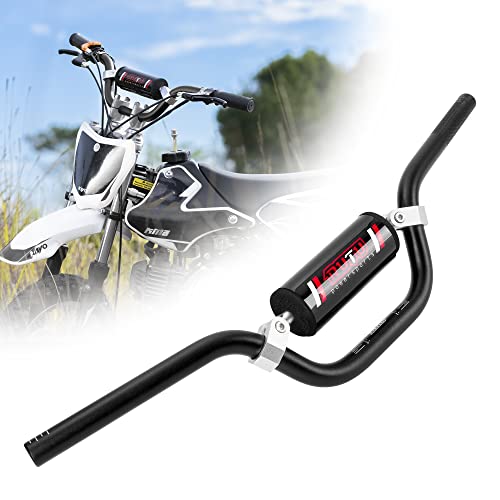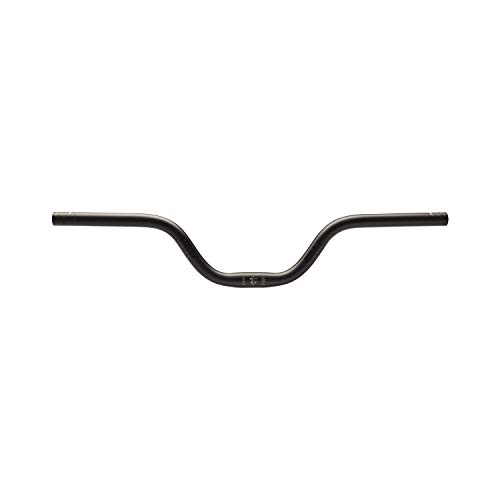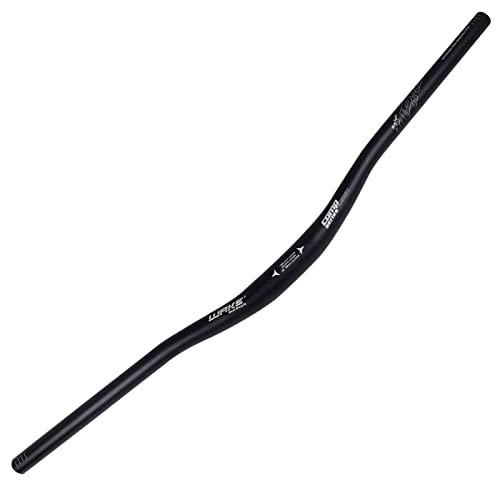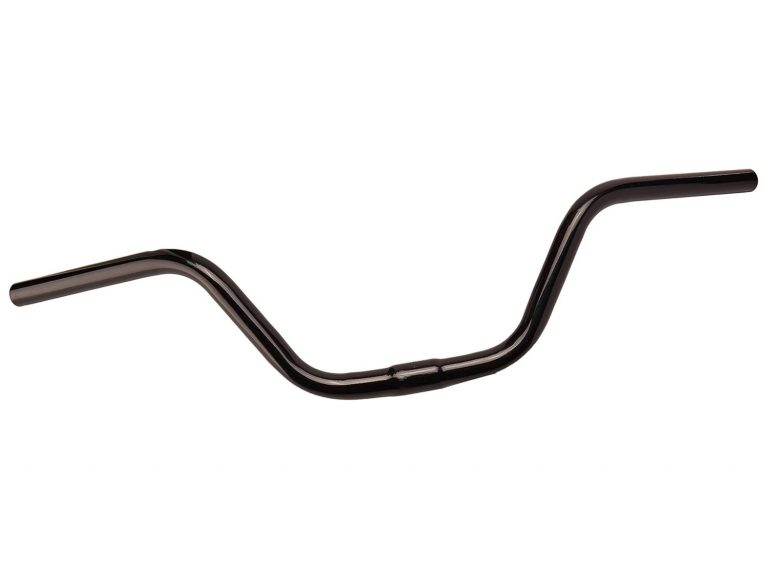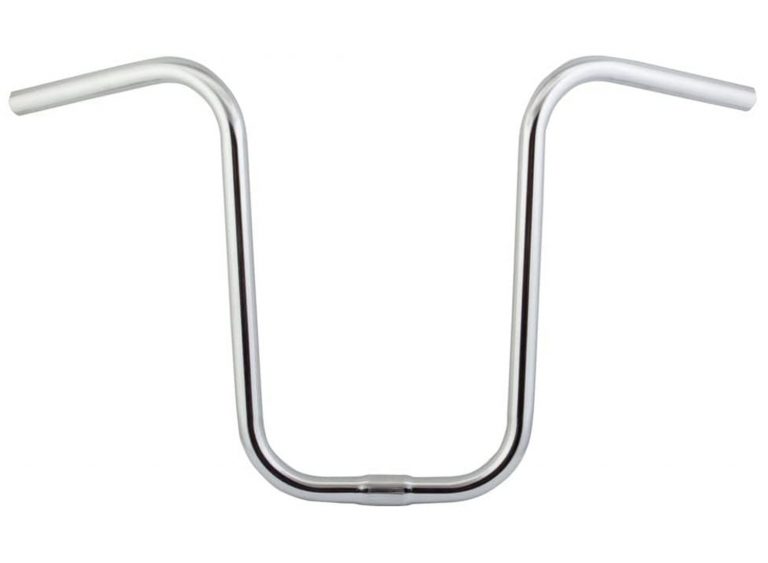The Best Bike Handlebars for a Smooth and Comfortable Journey
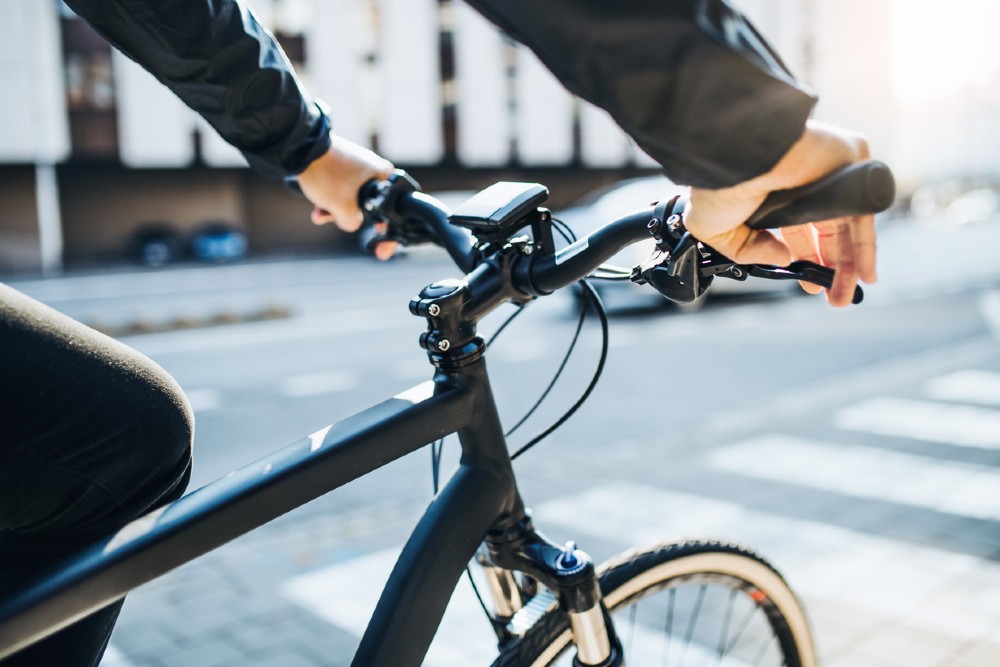
As you embark on your cycling journey, your bike’s handlebars can make a huge difference in transforming your ride from ordinary to extraordinary. With the right handlebars at your disposal, you're not merely steering—you're taking charge of an experience customized to your style, comfort, and performance requirements.
Whether you're navigating urban landscapes or conquering rugged trails, our guide will provide insight into the best bike handlebars of 2024. The RUTU handlebars are our top choice, featuring a heavy-duty build and widely compatible fit that suits most dirt bikes. However, all of these products are exceptional, blending form, function, and sheer riding pleasure.
Our Top Picks
- RUTU Bike Handlebars: Best Overall (shop now)Read more about this product ↓
- BW Bike Handlebars: Most Secure (shop now)Read more about this product ↓
- Wake Bike Handlebars: Most Durable (shop now)Read more about this product ↓
- Wald Bike Handlebars: Best for Posture (shop now)Read more about this product ↓
- Sunlite Bike Handlebars: Easiest Installation (shop now)Read more about this product ↓
The Best Bike Handlebars
RUTU Bike Handlebars
Best OverallThe RUTU bike handlebars are designed to work seamlessly with a wide range of mini dirt bikes, ATVs, and scooters. They have a universal 7/8” (22mm) diameter, making them an excellent choice for most 49cc to 110cc kid’s off-road vehicles. The handlebars have been crafted with meticulous attention to detail, featuring a sandblasted matte finish that adds a professional look to your ride. Additionally, the throttle area is polished, ensuring a smooth twist every time.
The grip area has knurled texturing, providing a secure hold and reducing slip, which enhances control. These bike handlebars are also sturdy and durable, thanks to their heat-treated construction, which increases hardening. They offer exceptional resistance to bending, providing added safety in the event of a crash. Safety is a top priority, and the kit includes an uncut, customizable foam that can be tailored to your preferences. It offers protection for the handlebar and is an added safety measure for the rider, making these handlebars the top choice on our list.
- Foam is customizable
- High-quality build
- Ideal size for kids
- Installation process may be difficult
BW Bike Handlebars
Most SecureThe BW bike handlebars are an excellent choice for cycling enthusiasts who value both comfort and durability. Constructed from high-quality aluminum, they’re not only durable but also impressively lightweight. They come in a variety of rise options, including 20, 40, 60, and 100mm, allowing for a tailored riding posture. The sandblasted anodized finish adds not only aesthetic appeal but also durability.
With a 620mm width and a 10mm back sweep, these handlebars boast an ergonomic design that promotes enhanced control and minimizes fatigue, making your ride more enjoyable. Designed to fit 25.4mm stems, the installation is straightforward, and the secure attachment ensures worry-free riding. If you’re looking to upgrade your bike or build your dream bike, consider this noteworthy option.
- Enhances ride comfort
- Aluminum alloy build
- Riser handlebar design
- Not wide enough for some
Wake Bike Handlebars
Most DurableThe Wake bike handlebars are engineered to empower you with unyielding stability and unparalleled stiffness, even through the most complex terrains. These extra-long bars, measuring 31.8mm in diameter and available in lengths of 720mm and 780mm, ensure superior control for all mountain extremes. Crafted from high-strength, lightweight aluminum alloy and featuring a double-butted, hard-anodized finish, they boast precision bending for outstanding shock absorption and peak firmness.
The ergonomic design, coupled with a non-slip texture, offers a comfortable grip, enabling riders to conquer trails with confidence. These bike handlebars are pro-designed and the ultimate companion for downhill thrills and off-road adventures. They’re compatible with a wide array of mountain and dirt bikes, and installation is a breeze. They are also compatible with stems of matching diameter, and the bars include a 30mm rise and a 9° sweep back angle for a natural riding position.
- The design is lightweight
- Durable and sturdy finish
- Easy to customize
- Bar ends may require trimming
Wald Bike Handlebars
Best for PostureThe Wald bike handlebars offer a fusion of style and functionality with expertly crafted black steel handlebars, tailored for the ultimate comfort bike experience. With their smooth lines and mid-rise design, these handlebars promote an ergonomically friendly riding position, allowing you to glide through city streets or country roads with ease and poise.
The generous 5.25-inch rise, paired with a 27-inch wingspan, offers a commanding view of the road while ensuring your hands find their natural resting place, reducing fatigue on long journeys. Engineered to fit a one-inch (25.4-millimeter) clamp area, these bike handlebars promise a secure and straightforward installation. Moreover, they’re designed with the foresight to accommodate a Wald steel bike basket, making them the ideal choice for urban adventurers who need to carry essentials without compromising on comfort or style.
- Mid-rise design
- Durable steel material
- Can accommodate a Wald bike basket
- Limited range of adjustment
Sunlite Bike Handlebars
Easiest InstallationThe Sunlite bike handlebars feature a stunning chrome finish that makes the bike shine like it’s fresh out of a showroom. It’s not just about the looks, though—these handlebars are 640mm wide and 350mm high, giving a relaxed riding posture that’s a game-changer on long cruises through the city or countryside.
These handlebars are incredibly comfortable. They strike the ideal balance between style and functionality, providing a comfortable position for your hands that can reduce strain on your back and wrists while navigating through traffic or enjoying a peaceful ride. Moreover, the Hi-Rise design exudes a classic lowrider vibe, offering a piece of cycling nostalgia without sacrificing modern comfort. Overall, it’s a win-win situation for anyone who is looking for both style and comfort in their cycling experience.
- High-quality chrome
- Retro-style handlebar
- Easy to install
- Shape may not be as expected
Buying Guide: Choosing the Best Bike Handlebars
Finding the right bike handlebars is essential to ensuring a comfortable, efficient, and safe ride. Selecting the perfect set of bars can transform your riding experience. Let’s dive into the critical attributes you need to consider when scouring the market for the ideal bike handlebars.
Type of Riding
First and foremost, identify the type of riding you’ll be doing. Are you a road racer, a mountain biker, a casual commuter, or a touring aficionado? Each discipline has handlebar designs optimized for performance, comfort, and control. Road bikes typically feature drop bars for aerodynamics, while mountain bikes favor flat or riser bars for better handling on rough terrain. For long-distance comfort, touring bikes may use butterfly or trekking handlebars. Ensure the bike handlebars align with your cycling activities to get the most out of your rides.
Material
Handlebars come in various materials, each with its own set of characteristics. Aluminum remains a popular choice for its balance of strength, weight, and cost-effectiveness. Carbon fiber is lighter and can absorb road vibration better but it comes at a higher price point. Steel is durable and has a classic feel but is heavier, whereas titanium offers strength and lightness but at a premium cost. Weigh these factors according to your budget and performance requirements to select the right material for your bike handlebars.
Width
Width is vital for control and comfort. A handlebar that is too wide or too narrow can lead to poor bike handling and discomfort. As a rule of thumb, your bike handlebars should be roughly as wide as your shoulders. Road cyclists might prefer narrower bars for aerodynamics, while trail riders often choose wider bars for more control. Test different widths, preferably on a ride, to find that sweet spot.
Reach and Drop
For drop handlebars, reach and drop are significant factors. Reach is the distance from the handlebar’s stem clamp area to the furthest point of the bar where the brake hoods are mounted. Drop is the vertical distance from the clamp area to the lowest part of the bars. These dimensions affect your body position and comfort. A shorter reach and shallower drop are generally better for riders with less flexibility or those who prefer a more upright position. Conversely, aggressive riders may opt for a longer reach and deeper drop.
Ergonomics
The shape and design of bike handlebars should support your hands and wrists to prevent fatigue and strain. Ergonomic features like flattened tops on road bars or contoured grips on mountain bike bars can increase comfort. Some bike handlebars come with integrated bends or wings to better accommodate your hand’s natural position. Pay attention to where your hands naturally want to rest and find a handlebar shape that supports that position.
Clamp Diameter
The clamp diameter is the size of the handlebar where it attaches to the bike’s stem. The standard diameters are 25.4mm, 31.8mm, and 35mm. A larger diameter can increase stiffness and strength, which is particularly beneficial for aggressive riders or larger riders. However, it can also translate to reduced comfort due to less flex. Ensure your chosen handlebars are compatible with your bike’s stem clamp or be prepared to also update your stem if necessary.
Weight
While not the most critical factor for every rider, weight can be an important consideration, especially for performance-oriented cyclists. Lighter bike handlebars can contribute to a bike’s overall efficiency and speed, particularly on climbs. Carbon-fiber bike handlebars are generally the lightest, followed by aluminum, titanium, and steel. Remember, the lightest option isn’t always the best—make sure you’re not sacrificing strength and durability for bike safety or a few grams’ reduction.
Aesthetics
Let’s not forget aesthetics; after all, loving the look of your bike can be just as important as its functionality. Bike handlebars come in various styles and finishes, from classic polished silver to modern matte black, and some even feature intricate designs or color patterns. Choose handlebars that match your bike’s style and your personal taste to ensure you’re proud to ride your two-wheeled beauty.
FAQ
A: There are several types of bike handlebars to choose from, including flat bars, riser bars, drop bars, bullhorn bars, and aero bars. Each type offers different riding positions and is suited to various cycling activities.
A: To choose the right size bike handlebar, you should consider its width, reach, and drop (if applicable), which should correspond to your shoulder width, arm length, and preferred riding position.
A: Yes, you can install new bike handlebars yourself if you have the necessary tools and knowledge. However, if you're not confident in your ability to safely install them, it's best to seek assistance from a professional mechanic.
A: You will typically need a set of hex wrenches, a torque wrench, and sometimes a screwdriver or pliers, depending on your bike's setup and the type of bike handlebar you are installing.
A: It's recommended to check your bike handlebars for any signs of wear, damage, or loose components before every ride. Regular maintenance, such as tightening bolts and checking for alignment, should be done every few months or as needed.
A: Signs that your bike handlebars need to be replaced include visible cracks, significant scratches or dents, rust, or any deformation that could compromise their integrity.
A: Adjust your bike handlebars by changing the height, angle, or reach to match your preferred riding position. Ensure that all adjustments maintain safe control over the bike and that all bolts are tightened to the manufacturer's specifications after adjustments.
A: Creaking handlebars can be caused by loose components, a lack of lubrication at contact points, or damage to the bar or stem. Tighten all bolts to the correct torque, lubricate interfaces, and inspect for damage to resolve this issue.
A: Clean your bike handlebars with a damp cloth and mild soap. For more stubborn grime, use a soft brush. Avoid using harsh chemicals that can damage the handlebar material or finish.
A: Yes, you can customize your bike handlebars with bar ends, grips, or tape for comfort and control, and you can also consider upgrading to a lighter or more aerodynamic handlebar for better performance.
